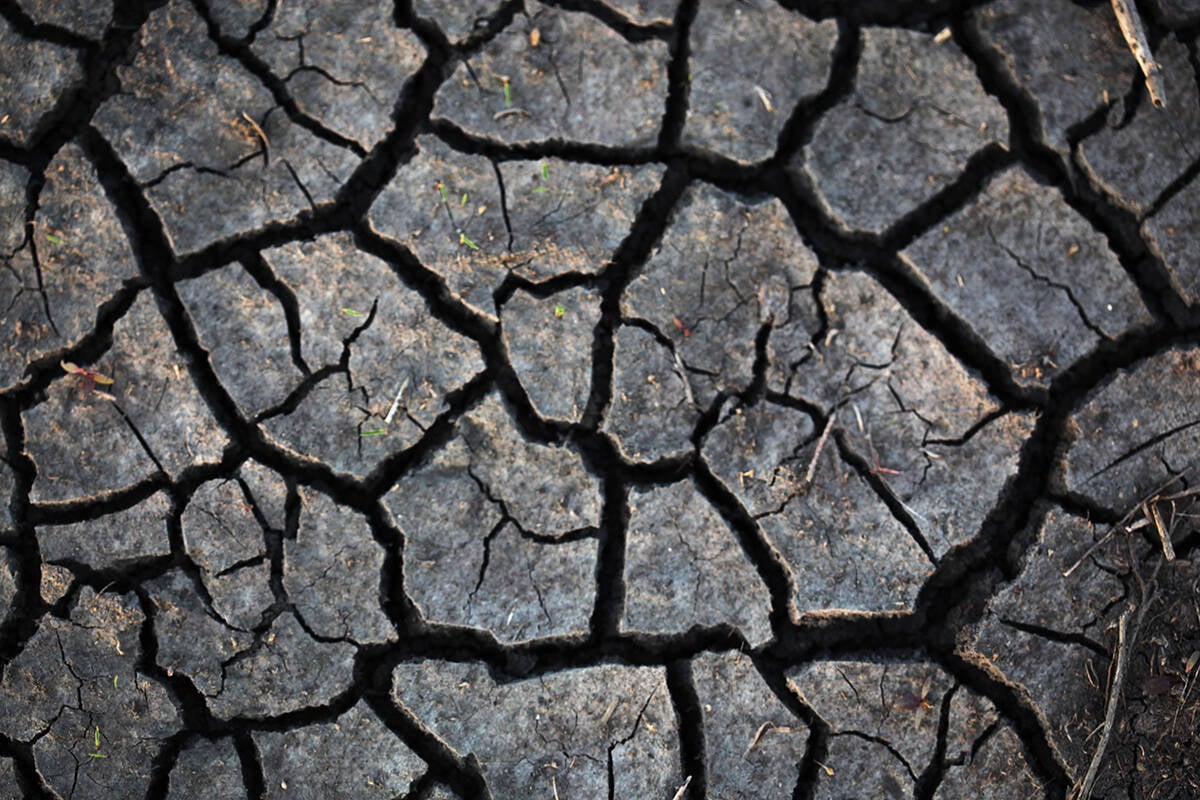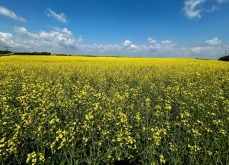Analyst says corn prices could fall when ethanol-gas relationship normalizes
The link between crude oil and grain prices is broken, say analysts.
Corn moved in lockstep with crude from 2008-10, when the U.S. ethanol industry was expanding and biofuel use mandates in the U.S. and elsewhere were rising.
However, that is no longer the case now that no new plants are being built and mandates are tapering off, said Rich Nelson, chief strategist with Allendale Inc.
Corn prices have fallen, but the decline is nowhere near the magnitude of the crude oil price fall.
Read Also

Prairies have variable soil moisture conditions
The dry weather in the west was welcome for preserving grain quality and advancing harvest, but it has resulted in very dry soil moisture conditions.
It doesn’t mean the two commodities are unconnected because plummeting crude prices have pushed ethanol prices down, reducing profit margins for plants.
As a result, there is less corn demand from the ethanol sector, which was expected to account for 38 percent of U.S. corn demand in 2014-15.
Nelson is concerned that ethanol is selling at a premium to gasoline, which is an unsustainable situation.
Ethanol should be priced at 70 percent of gasoline because the alternative fuel has 70 percent of the energy of gasoline.
“It’s (the price relationship) not going to last, and that’s the problem for us,” said Nelson.
When ethanol prices fall to their normal relationship with gasoline, it will put further strain on already thin profit margins.
“Our model has an Iowa ethanol plant running at about a nine cents per gallon profit right now,” said Nelson.
“That’s going to switch to a loss here by the end of this month, and they’re going to see losses probably through June and July.”
Ethanol demand had been a bullish factor in the corn market in 2014-15, with production up five percent since Sept. 1.
Much of the demand is mandated, but there is a discretionary element that could be curtailed when plants start losing money. Also, some of the mandated demand can be met by paper credits rather than actual production.
Ethanol stocks are starting to escalate as refiners refuse to blend the fuel.
“We’re going to see ethanol be a drag on corn rather than being a lifting effect,” said Nelson.
He thinks corn is overvalued, primarily because of large U.S. stocks and farmer reluctance to move the crop at today’s break-even prices.
Flagging ethanol demand will be a secondary factor that will help push corn prices down as farmers head into spring planting.
Oilseeds are also mostly insulated from falling crude oil prices, said Glen Pownall, managing director of Peter Cremer Canada Ltd.
Ninety percent of biodiesel consumption is based on government mandates and subsidies, which means it doesn’t matter what happens to crude oil and diesel prices.
“You’ve dropped crude oil by 50 percent, but you haven’t seen anywhere near the same percentage drop in the vegetable oil markets,” he said.
The only impact comes from that remaining 10 percent of discretionary biodiesel consumption, which requires a profit margin.
That discretionary blending was a critical factor last year in mopping up some of the excess palm and sunflower oil on the market. A lot of palm oil moved to Europe.
However, Pownall said there isn’t a huge glut of vegetable oil weighing down the market this year, so it doesn’t matter that biodiesel profit margins are shrinking.
It’s why vegetable oil prices have not been reacting to slumping crude oil prices.
“I think that relationship will continue due to the fact that we’ve seen quite a bit of flooding in the palm oil regions here recently,” he said.
The U.S. Department of Agriculture estimates that Malaysia’s palm oil production declined up to 15 percent in December because of the worst flooding in 50 years in three states that produce 17 percent of the country’s palm oil.
“The most significant negative impact of the flooding is delayed collection and crushing of fresh palm fruits,” the U.S. Department of Agriculture said Jan. 6 in a report.
“The delays, or the complete inability to harvest, will cause lower yields. Even if the fruits do get harvested, they may not reach mills on time due to infrastructure damage from the flooding.”
Contact sean.pratt@producer.com
















